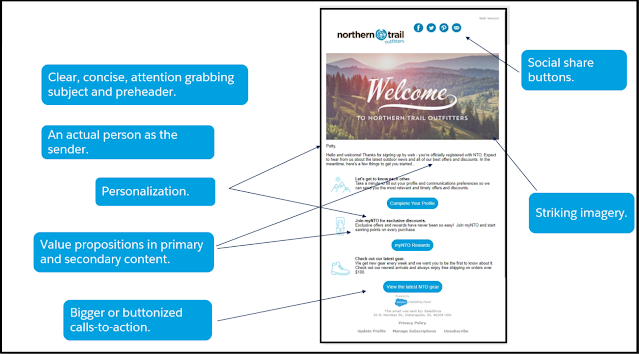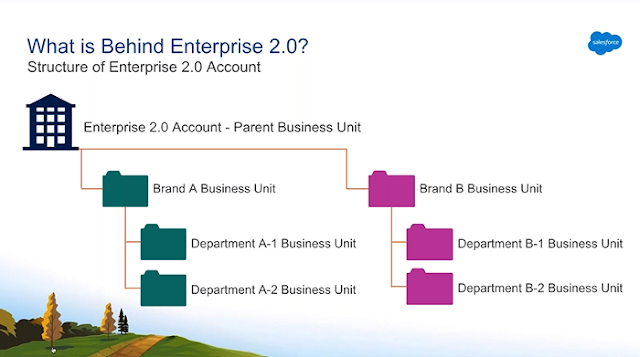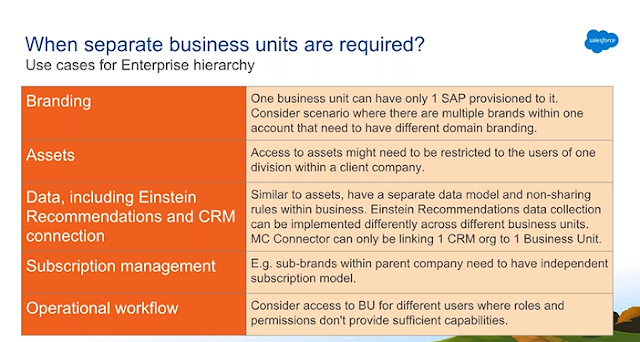Motivation behind this
Salesforce has come up associate level certification on Marketing, which drives me to brushing up the knowledge on this area and successfully pass this certification on 30th Jan 2024.
Sharing my tips to prepare and pass this certification for trailblazers.
Exam Outline
Content: 40 multiple-choice questions and up to 5 non-scored questions
Time allotted to complete the exam: 70 minutes
Passing score: 65% (26 answers to correct)
Registration fee: USD 75 plus applicable taxes as required per local law
Retake fee: Free
Delivery options: Proctored exam delivered in an online environment that can be accessed
through Partner Learning Camp (PLC)
References: No hard-copy or online materials may be referenced during the exam
Prerequisite: None
Topics
Preparation
2) Webinar Series - Marketing Cloud Basics Webinar Series
3) Attended and gone through Marketing Cloud Email Specialist Practice Test which is un-proctored and help to judge preparation just before actual exam. Through this is not needed, but it covers the depth of the knowledge.
4) Useful blogs:
- How to Pass Salesforce Certified Marketing Associate Exam - Dinesh Yadav
- How to Pass Salesforce Marketing Associate Certification Exam - Rakesh Gupta
Exam Structure
For each question there are only 3 options and only one option to choose. As there are no multi-choice answers, so it will be less confusing on choosing the answers.
Few Important points to cover for exam
Though this certification doesn't have any pre-requisite but if anyone clears Marketing Cloud Email Specialist certification then it will be easier for them.
Marketing Concepts (28%)
- Email Message best practices:
- CAN-SPAM requirements (2 questions):
- Accurate identify the sender in the header information
- Subject line should represent the content of email
- Identify message as an Ad, unless you have express consent from Subscriber.
- Include physical mail address.
- Provide Opt-out mechanism
- Honor Opt-out request promptly. Unsubscribe in 10 days, and mechanism must be operational for at-least 30 days after mailing.
- Subscriber opt-in, single opt-in vs. double opt-in, opt-in best practices:
- Don't force people to subscribe
- Make email signup form/links prominent
- keep you opt-in short
- Personalize message with dynamic content
- Value proposition should be simple and clear
- Responsive vs. Mobile aware design
- A/B Testing:
- Subject lines, Email, Content Areas, From Names, Send Dates & Times, Preheaders.
- Content Detective:
- mirrors logic of spam-filters
- finds potential problems and suggest solutions
- Validation:
- Content and data being used for Dynamic Content rules are built correctly.
- Guide Template language and AMPScript is written properly.
- validates required elements: Unsubscribe link, physical mailing address.
- Send Preview:
- Review email before sending both static and subscriber specific way
- Test Preview:
- Combines all forms of test sending in one location (Test Send, Send Preview, UI Test Send)
pay attention to each of the testing tools (3 questions)
- GDPR rules apply to European Union. (1 question)
Marketing Cloud Engagement Basics (22%)
- Marketing Cloud Get to know
- Roles are collection of permissions (1 question)
- SAP (Sender Authentication Package) helps to improve deliverability of emails to inboxes of target recipients. It consists of:
- Private Domain, Account Branding, Dedicated IP Address, Reply Mail Management.
- Send Classification: (1 question)
- Sender Profile - From information for a send in a central location
- Delivery Profile - Delivery information of a message in a central location
- CAN-SPAM Classification - define this as Commercial or Transactional.
- Roles & Responsibilities of Marketing Team: (1 question)
- Marketing Manager - Leads strategy, manages team, serves as Admin for MC Engagement.
- Data Architect - Solution designing, data modeling, leads integration, builds data views, drive data analysis.
- Content Manager - Deals with creative content.
- Campaign Manager - Campaign implementation, delivery, QA, campaign approval.
- Solution Architect - Implements business needs including campaign, automation, audience segmentations, technical configurations, QA and supports deployment
- Create Email (1 question)
- Sending
- Marketing Cloud Engagement Report types (1 question)
- CloudPages - Access data from Smart Capture form using CloudPages DE
- Contacts - Total number of billable contact of account or individual contact.
- Discover - templates with measures and attributes preselected to answer a specific business question.
- Journey Builder - tracking for emails sent through Journeys
- Mobile - SMS, tracking of subscribe, unsubscribes
- Read when to use custom preference center
Email Sending and Journeys (22%)
- Data Objects:
- Profile Center & Subscription Center
- Contact Key - Unique identifier assigned to Contact
- Contact Id - A number which Salesforce uses to identify a Contact at backend.
- Subscriber Key - Primary key for your subscribers. In Email Studio, contacts are identified by the Subscriber Key, which becomes the Contact Key in Contact Builder.
- Primary Key - Uniquely identifies rows in Data Extension
There are 3 to 4 questions related to Contact Key, Subscriber key, Primary Key and Relational Table
- 3 types of Data Extension (1 question)
- Standard - building custom set of fields.
- Filtered - create subset or segment from existing DE.
- Random - randomly select subscribers from source DE.
- Sendable DE - has send relationship and map to a subscriber. Contacts are added to All Contacts when we send them.
- Nonsendable DE - reference data used for personalization purpose, e.g. weather, orders, products.
- Shared DE - shared Data extensions to other BUs upon storing them in Shared DE folders.
- Send Throttle - sends emails the way you specify every day, starting the day you specify, until all emails send.
- PreBuild Burst - Send email fast, good for flash sales or emergency messaging.
- Import data (2 questions)
Data Management (18%)
- Filter vs. Query
- Data Extension Templates (1 question)
- SQL Data Views: (1 question)
- Bounce - Identify and then suppress commonly bounced email addresses from sends.
- Click and Open - Query these data views in Automation Studio to view click and open data for emails.
- Complaint - Query this data view in Automation Studio to view complaints data related to emails.
- Journey - Find a journey's status, created and last modified date, and other general journey information using this Journey Builder data view
- SQL Data Views: (1 question)
- Bounce - Identify and then suppress commonly bounced email addresses from sends.
- Click and Open - Query these data views in Automation Studio to view click and open data for emails.
- Complaint - Query this data view in Automation Studio to view complaints data related to emails.
- Journey - Find a journey's status, created and last modified date, and other general journey information using this Journey Builder data view
Reporting and Analytics (10%)
- Tracking
- Reporting
- Journey Builder Reports: (1 question)
- JB Email Send Summary - Tracking and engagement metrics for emails sent in journeys over a specified time frame. Choose specific journeys and versions to include in the report.
- JB Email Sends By Day - Tracking and engagement metrics for emails sent in journeys, aggregated by day, for a specified time frame, along with specific journeys and versions to include in the report.
- IP Warming - Gradually increasing volume of the email sent by a new IP address.
Hope it will help you to prepare and pass this exam.
Thanks for reading!
Note: The pictures and concepts have taken from Salesforce materials.






















No comments:
Post a Comment